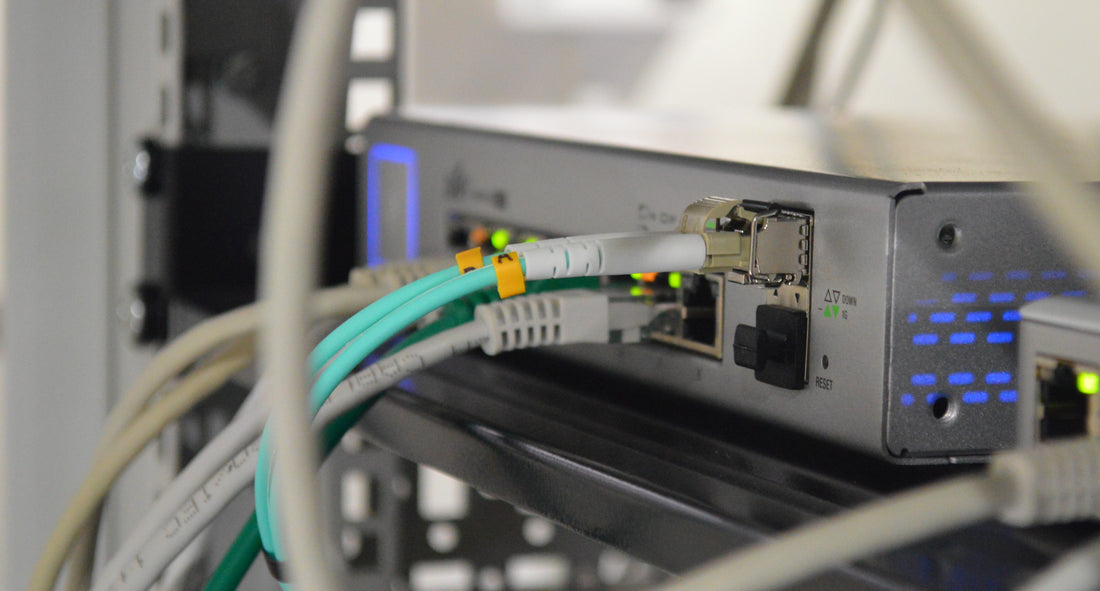In today's digital world, the transmission of data is an essential part of our daily lives. From the internet and cable television to medical imaging and scientific research, reliable and high-speed data transmission is critical for many applications. Traditionally, copper wire has been the standard for transmitting data. However, in recent years, optical fiber has emerged as a superior alternative to copper wire for many applications.
In this article, we will explore the advantages of optical fiber over copper wire, and why it is becoming the preferred choice for many applications. We will examine the factors that make optical fiber superior to copper wire, including its higher bandwidth, faster data rates, immunity to electromagnetic interference, longer transmission distances, improved security, and greater durability. Additionally, we will discuss four additional reasons why optical fiber may be considered superior to copper wire, including its lower attenuation, higher temperature tolerance, smaller size and lighter weight, and greater flexibility. By the end of this article, you will have a better understanding of the benefits of optical fiber and why it is becoming the technology of choice for many applications.
- Greater bandwidth: Optical fiber has a much higher bandwidth than copper wire, which means it can carry more data over longer distances. This makes it ideal for high-speed applications such as long-distance communication, internet connectivity, and cable television.
- Higher data rates: Because of its higher bandwidth, optical fiber can support faster data rates than copper wire. This makes it suitable for applications that require the transmission of large amounts of data, such as video and audio streaming, medical imaging, and scientific research.
- Immunity to electromagnetic interference: Optical fiber is immune to electromagnetic interference (EMI), which is a common problem with copper wire. EMI can cause data loss and degradation of signal quality, but this is not an issue with optical fiber.
- Longer transmission distances: Optical fiber can support longer transmission distances than copper wire, which makes it suitable for long-distance communication networks. Copper wire can suffer from signal loss over long distances, but this is not a problem with optical fiber.
- Improved security: Because optical fiber is immune to EMI, it is more secure than copper wire. Copper wire can be susceptible to tapping and other forms of eavesdropping, but this is not possible with optical fiber.
- Durability: Optical fiber is more durable than copper wire, which makes it less susceptible to damage. Copper wire can be easily damaged by physical stress, moisture, and corrosion, but optical fiber is much more resilient.
- Lower attenuation: Optical fiber has a lower attenuation rate than copper wire, which means it can transmit a signal over a longer distance without experiencing significant signal loss. This makes it suitable for applications that require the transmission of a signal over long distances, such as undersea cables and satellite communication.
- Higher temperature tolerance: Optical fiber can operate at higher temperatures than copper wire, which makes it suitable for use in harsh environments. Copper wire can become brittle and break at high temperatures, but optical fiber is much more resilient.
- Smaller size and lighter weight: Optical fiber is much smaller and lighter than copper wire, which makes it easier to install and handle. This is especially important for applications where space is limited, such as in aircraft, automobiles, and ships.
- Greater flexibility: Optical fiber is much more flexible than copper wire, which makes it easier to bend and shape. This makes it suitable for applications where the cable needs to be routed around obstacles or through tight spaces, such as in buildings and underground ducts.
In conclusion, optical fiber offers many advantages over copper wire for high-speed, long-distance data transmission. Its higher bandwidth, faster data rates, immunity to EMI, longer transmission distances, improved security, and greater durability make it a superior choice for many applications. Additionally, its lower attenuation, higher temperature tolerance, smaller size and lighter weight, and greater flexibility make it a versatile and reliable technology. As the demand for high-speed data transmission continues to grow, it is likely that optical fiber will become the technology of choice for an increasing number of applications.

